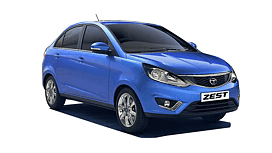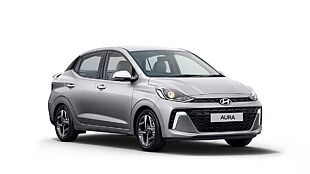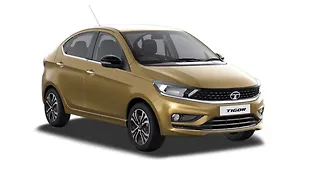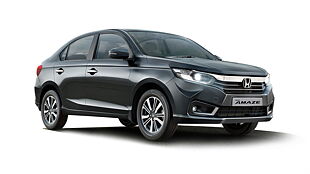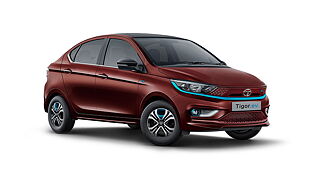How we did it?

We took the seven basic parameters that most of us consider while buying cars on a score card and rated each model in the segment to find the best options on paper. Price matters, and in India, so does the efficiency. As for things like power, boot space and utility, the more the better. We know safety does not fare too highly on everyone’s list, but this is our comparison and we think it is super important. Lastly warranty, because most of us will live with our choice for at least a few years.
Below is the detailed list of pointers that we have taken into consideration. Each car is rated individually on a scale of 10, with the winner getting maximum points and then the rest in descending order. The car with the highest score wins.
Price: We have considered the top-of-the-line versions of each of the car and the most affordable gets maximum points and vice versa.
Efficiency: The most efficient car gets maximum points followed by the second, third and so on; these are purely based on the ARAI claimed figures.
Power: The car with higher power rating wins, in case two cars have similar power rating, then the car with higher torque figure gets more points.
Utility: We cannot quantify cabin space that easily, but boot space, cup holders, bottle holders and other storage place can be listed on paper. More the boot space, more the points, these are then added together with the points on ergonomics. Every additional cup holder, bottle holder and storage place over the front door pockets gets counted in the total score.
Convenience: Every feature that is worth mentioning gets one point. So a basic music system will lose out to one with Bluetooth telephony, while a touch-screen system with navigation scores over most others. Projector headlamps, rear AC vents, parking sensors and all other features will get counted here.
Warranty: Higher the number of years, more the points. If the number of years is the same, then weightage would automatically shift to kilometres. Unlimited is better than 1,00,000km, which is then preferred over 50,000km and so on.
Safety: Basic safety like the front airbags, ABS-EBD are a must, anything less and the car loses points. More features here and it will certainly reflect positively on overall score.
Top five cars
The budget sedans as a segment have more than just the sub-four metre cars. The models like the Chevrolet Sail, Toyota Etios, Fiat Linea Classic and the Tata Manza are also available in the same price bracket. While all the new compact models have been relatively successful, the bigger cars haven’t been doing so well. We put all of them through the test and here is the score card of the top five cars.

Ford Figo Aspire: (53 / 70)
The most powerful car in the segment is also the safest one with six airbags. The Ford Figo Aspire also scores well for being the second most efficient car and has decent utility with 359 litres of boot and plenty of cup and bottle holders. Three years / 1,00,000km warranty is also on par with the best in the segment.
It does have a shocker entry price, but this top-end variant is one of the more expensive among the budget sedans. The features list could have been better as well, but neither of the above reasons affect the overall scores, as the Figo Aspire manages to win the spec battle by a comfortable margin.

Tata Zest (47 / 70)
The Tata Zest is the most affordable car in the segment. The top-end manual diesel is over Rs 40,000 cheaper than the next most affordable sedan; add to this the fact that it is also one of the most feature- rich cars with projector headlamps, rear parking sensors and Harman music system with six speakers.
The 1.3-litre multijet diesel with the VGT turbo powers the sedan; it is one of the more powerful setups in the segment, but loses out on fuel efficiency. While it gets an average score on safety, we deducted points for small boot and limited number of storage options in the cabin.

Hyundai Xcent (45 /70)
On paper, the Hyundai Xcent is the best all-rounder. One of the most affordable cars, also scores decently well on almost all parameters like the efficiency, warranty, features and boot space. The only downer is the performance. The numbers from the 1.1-litree three-cylinder are so low that it pulls down the overall score a fair bit.

Honda Amaze (41 / 70)
The Honda Amaze is almost on par with the Ford Figo Aspire on performance and efficiency. The features list with the AVN pack is also decent and the car gets a touch-screen system with navigation. The 400 litre boot is sufficient, though we would have loved a couple of more bottle and cup holders in the cabin.
This is a relatively expensive car and loses points for limited safety features and having the lowest warranty both in terms of kilometres and years.

Maruti Swift Dzire: (37 / 70)
The fifth position on our list goes to the Swift Dzire. It is the highest selling car in the segment with high resale value, perceived low maintenance cost and accessibility to Maruti Suzuki, but looking purely at the numbers, the compact sedan stands at fifth position among the budget sedans.
The Dzire has the smallest boot and Maruti offers only 2 years / 40,000km warranty, as against few others that have 3 years / 1,00,000km. The recently launched facelift also gets many additional features, but loses out on basic utility with limited storage options in the cabin. On the plus side, it is affordable and also the most efficient car in the segment.

